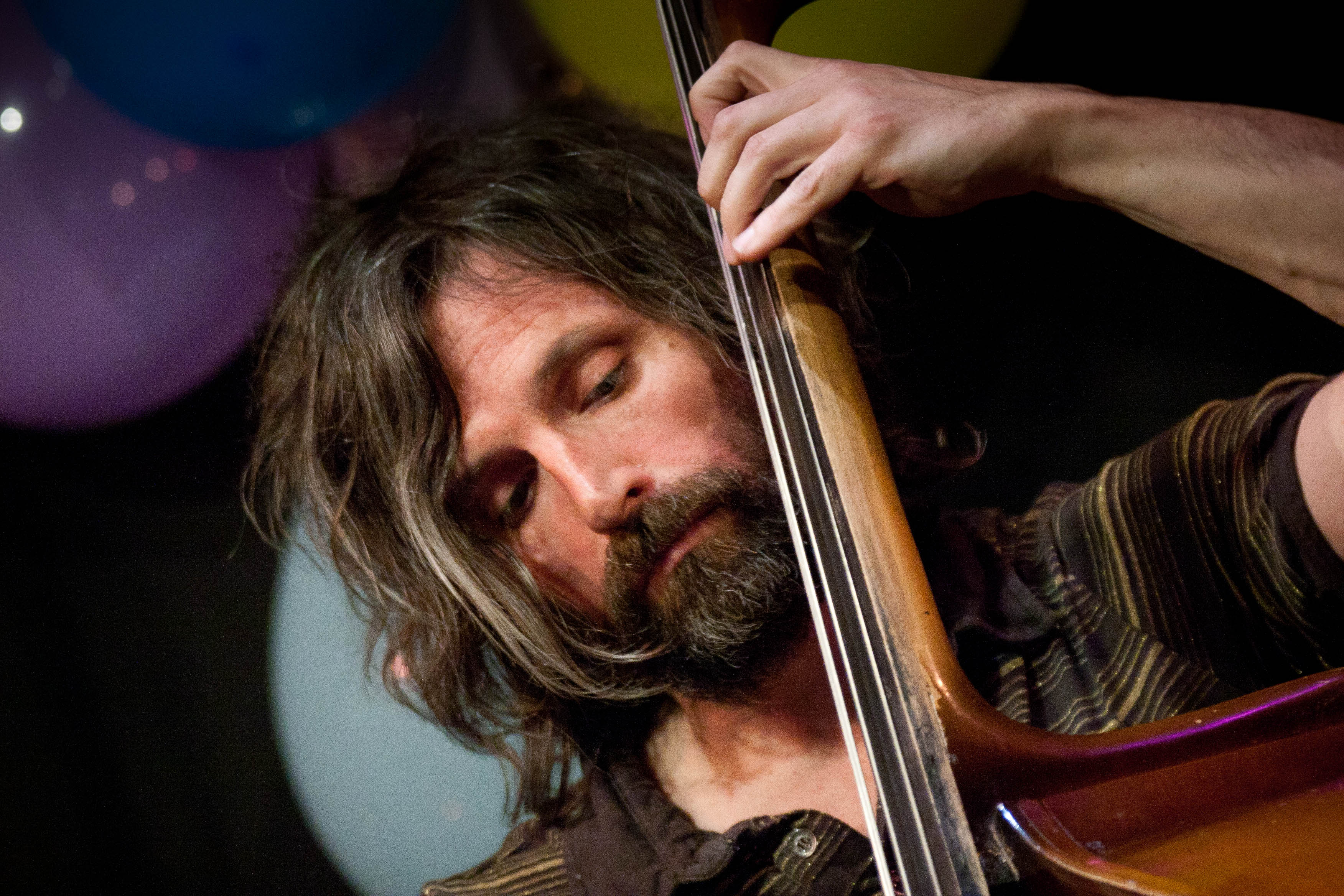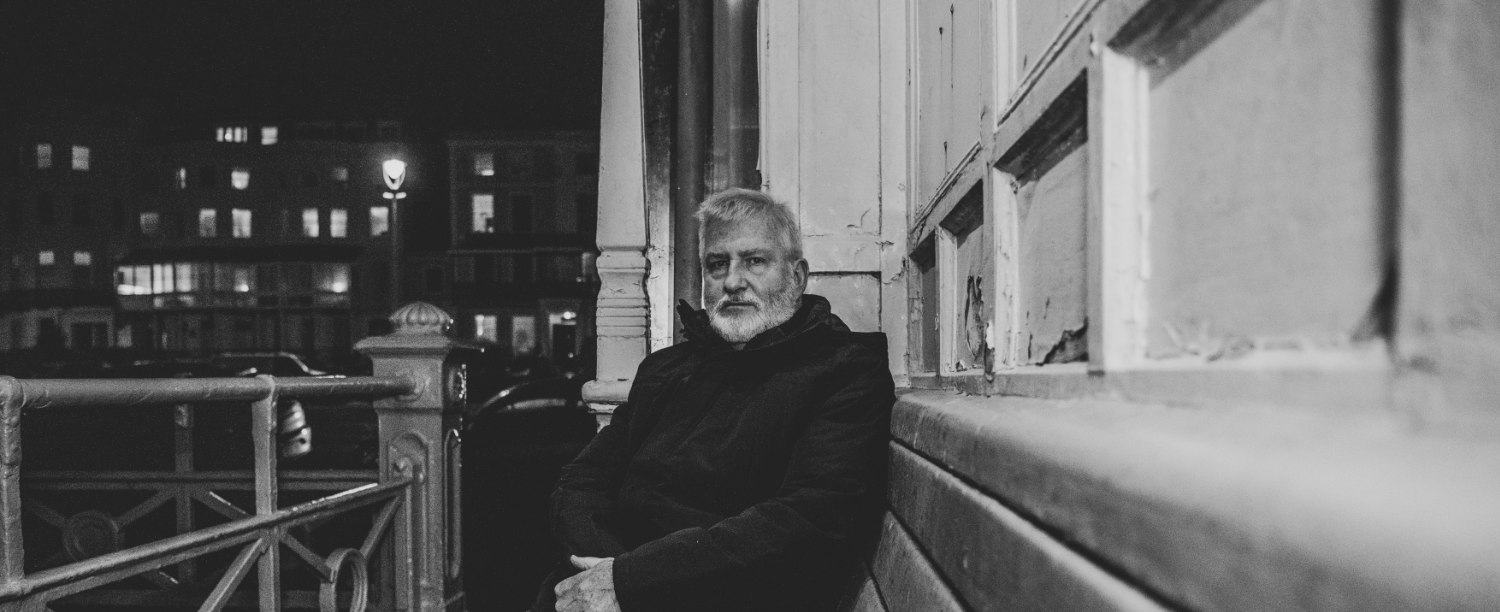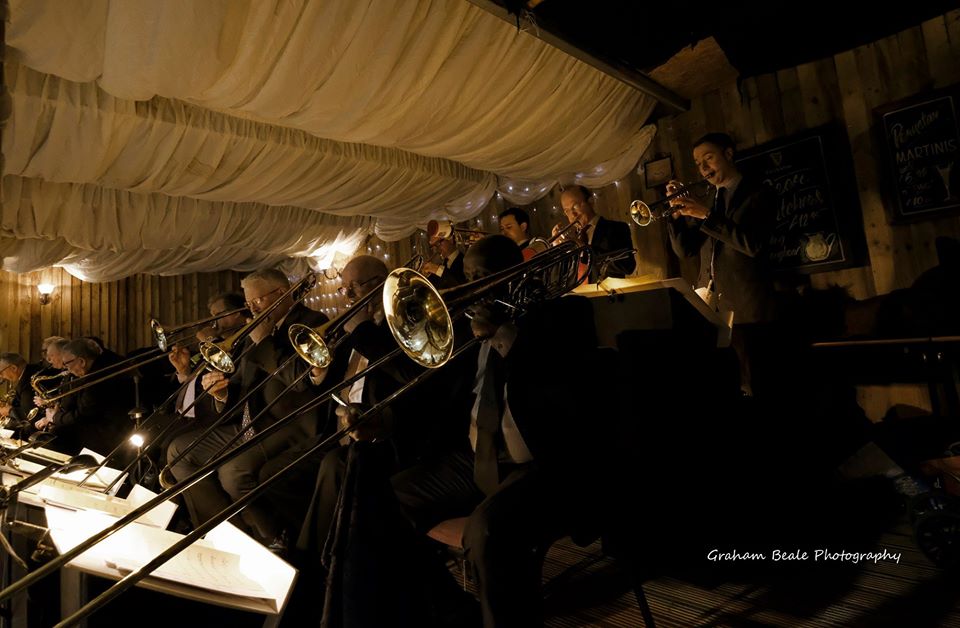The Column: Eddie Myer – Tenor Madness

This month brings us not only a welcome blast of authentically summery sunshine – just in time for Love Supreme at Glynde, folks! – but also a double hit of delicious vinyl issues by a pair of statement tenor players. While many in the jazz world work hard to promote egalitarianism in all things, there remains a heirarchy of instruments, to the extent that trumpeters tend to predominate over, say, players of the harp, oboe, tuba, or even the bass (shame!) in most people’s lists of jazz luminaries, and the tenor sax has traditionally been up the top of the list as the vehicle for many of the music’s most important statements. No-one stands taller in this tradition than John Coltrane, and the unearthing of a ‘lost’ album by his classic quartet is a thrilling event; and no-one is currently crossing boundaries and making waves like Kamasi Washington, whose latest, typically grandiosely titled ‘Heaven And Earth” hits the shops in follow up to the equally epically named ‘The Epic’ triple set.
Washington’s work comes supported by some major investment, packaged in lush triple vinyl and bedecked as before with the full orchestral array of strings, woodwinds, brass and choirs. Such is the scale of the production that Washington’s own sax playing is perhaps the least discussed aspect of his output, which is a shame as his is an intriguing contribution to the tenor legacy. His powerful, hard and clear-edged tone and killingly precise timing indicate the influence of his employment with hip-hop artists like Nas, Snoop Dogg and Kendrick Lamarr, but his harmonic language is both broad and deep, and the assimilation of hard R & B, contemporary jazz language with the sweep of 1960s style ‘cosmic jazz’ is both artistically convincing and accessible. This record features a version of ‘Hub-Tones’ which is a nod towards the post-bop tradition not seen since his early self-released records. While the production’s lush expansiveness make this perhaps an easier listen than the more radical jazz devotees might appreciate, anyone seeking to dismiss the Kamasi phenomenon as well-marketed kitsch should check his appearance on Jools Holland’s Later. The sheer intensity of the compressed performance of ‘Fists Of Fury’ blazed forth from among the usual motley selection of rock and pop acts – over a thunderous, even chaotic assault from the twin drummers, Kamasi and keyboardist Cameron Graves played furious impassioned solos as vocalist Patrice Quinn chanted ‘Our time as victims is over; we will no longer ask for justice, instead we will take our retribution’. The combination of wild solos, overpowering rhythm and stark, uncompromising political messaging is one that hasn’t been heard at the forefront of jazz-and-related-musics for a long time.
The Coltrane release is an unexpected discovery, and poses its own further questions – how could a major label (Impulse, funded by the mighty ABC) lose an entire recording by its priority artist? Apparently Coltrane was engaging in some musical subversion of his own; according to producer Bob Thiele, he was under contract to produce two records a year, and simply wasn’t enough to contain all the music that was bursting out of him. Like Prince many years later, he was under pressure to record less rather than more, and Thiele would book him studio time without alerting the label execs. Coltrane also used his access to recording budgets to reward his musical collaborators – records show that when bassist Art Davis’ outspoken demands led to him being ‘whitelisted’ by Thiele, Coltrane listed him as a leader/arranger on his invoice so that the bassist would get paid double scale – and he was scrupulous in ensuring overtime payments for his band to support them when they were off the road. This recording survived the loss of the masters in the clearance of ABC’s archive thanks to the practice of running off a 1/4 inch tape copy for the artist’s own personal use – fortunately preserved by the family of Coltrane’s wife Naima. At the time, Coltrane was working two veins at once – commercial sessions at the behest of Thiele yielded collabs with Duke Ellington (‘In A Sentimental Mood’ from that album is Trane’s most streamed Spotify track by a massive margin) and Johnny Hartman (recorded the day after this session), while on the bandstand and under his own direction in the studio he was pushing against the boundaries of the music. This release is titled ‘Both Directions At Once’ and the track listing reflects this sense of a musical crossroads. There’s a couple of untitled blues, (one with a rare extended arco solo from Jimmy Garrison, bass fans), a version of the pop-jazz standard ‘Nature Boy’ and an unexpected exploration of ‘Vilia’ from the light-operetta ‘The Merry Widow’. The New York Times describes the album as “something close to the breadth of what Coltrane and his associates were delivering onstage” and pianist and scholar Lewis Porter comments “You get a lot of that musical meat, but in a context that will be more accessible to a lot of listeners.” Perhaps the gem of the collection is the inclusion of four versions of ‘Impressions’ one of Coltrane’s most widely played tunes. At the time it had been a centrepiece of the band’s live show for two years, but is still untitled on the tape box – later in the year a live version was released under its familiar title in the album of the same name but no other studio versions are known to exist. The composition has a complex genesis; Coltrane’s superimposition of the melody of Morton Gould’s ‘Pavanne’, as interpreted by Ahmad Jamal, (and also claimed by others as diverse as Dr Lonnie Smith and the Rocky Boyd/Kenny Dorham band) over the chord sequence of Miles Davis’ ‘So What’. The latter could be seen as a typically mordant comment by Davis on the constrictions of the AABA 32-bar standard song format, reducing the harmonic movement to a single shift that is simultaneously the closest to and the most dissonant from the tonic, and it seems to form an important step in Coltrane’s journey away from explorations of harmony and into wider and wilder spaces.
Coltrane’s live gigs are now a distant memory, fortunately preserved on a handful of recordings; Kamasi Washington continues to tour his own show around the global festival circuit. However, anyone wanting a fix of tenor action this weekend need look no further than Glynde Place outside Lewes where the man who played with Trane and whose influences are clear to hear in Washington’s work will be performing on Saturday night – Pharoah Sanders is headlining the Big Top at Love Supreme this year. If you’re there, come over to the Bandstand Stage and the Friday Arena to check out a feast of the best artists from around our area, and say hi to the New Generation Jazz team – we’ll be delighted to see you!
Eddie Myer


